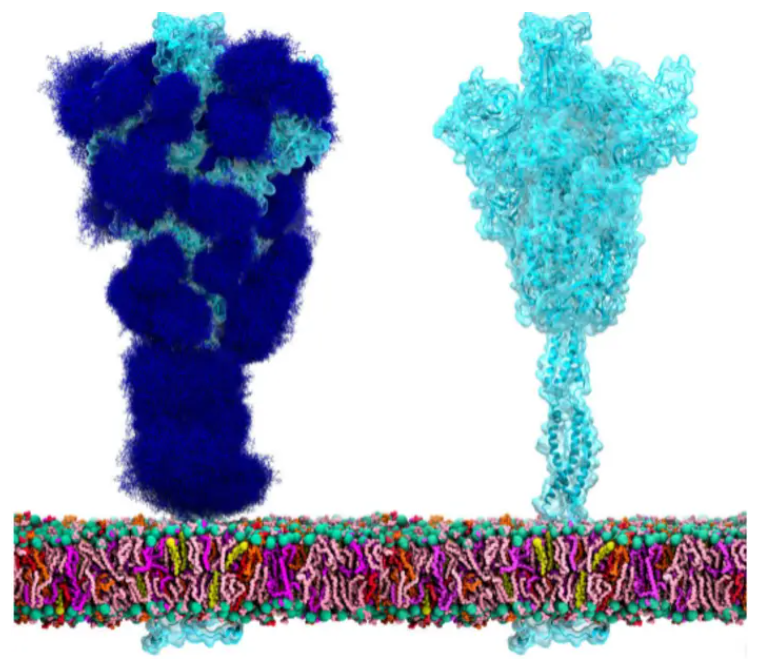
An article published in JAMA Oncology detailed the mandatory measures the National Cancer Center/Cancer Hospital, Chinese Academy of Sciences in Beijing, China, enacted during the COVID-19 outbreak to reduce the risk of infection in patients with cancer and medical staff. As a result, no staff or patients were diagnosed with COVID-19 after “strict protective measures” for screening and managing patients were implemented.
Their approach included the following four elements:
- Medical staff conducted onsite temperature tests at the entrances of the hospital, outpatient clinic, and wards. They also took patient information about contact and travel histories.
- The facility used an online appointment scheduling system, which the authors said “substantially reduced the flow of people in the hospital.” For admitted patients, essential personal protective measures were required (e.g., masks and disinfectants). Patients could also partake in online consultations to help with treatment or symptom management.
- For patients preparing to be admitted, COVID-19-related symptoms were required to be routinely recorded. Mandatory routine blood tests and high-resolution computed tomography (CT) scans of the lungs were performed. COVID-19 virus nucleic acid tests were conducted for patients with suspected pneumonia per CT imaging.
- Some anticancer infusion agents were changed to orally administered drugs if possible. For adjuvant or maintenance chemotherapy, infusion intervals were prolonged, as appropriate, depending on patients’ conditions.
During the period of analysis, there were 2,944 patients (2,795 outpatients and 149 inpatients) seen for clinic consultation and treatment during a three-week period (February 12, 2020, to March 3, 2020). A total of 27 patients showed radiologic manifestations of inflammatory changes or multiple-site exudative pneumonia in the lungs, including eight suspected cases of COVID-19 infection. However, no patients were diagnosed with COVID-19. Two patients presented with recovered pneumonia after symptomatic treatment.
“Under the further attack of COVID-19 worldwide, more attention should be paid to patients with cancer as a special population,” the researchers concluded. “The measures we are taking may be of great value to help guide patients with cancer smoothly and safely through the epidemic.”







 © 2025 Mashup Media, LLC, a Formedics Property. All Rights Reserved.
© 2025 Mashup Media, LLC, a Formedics Property. All Rights Reserved.